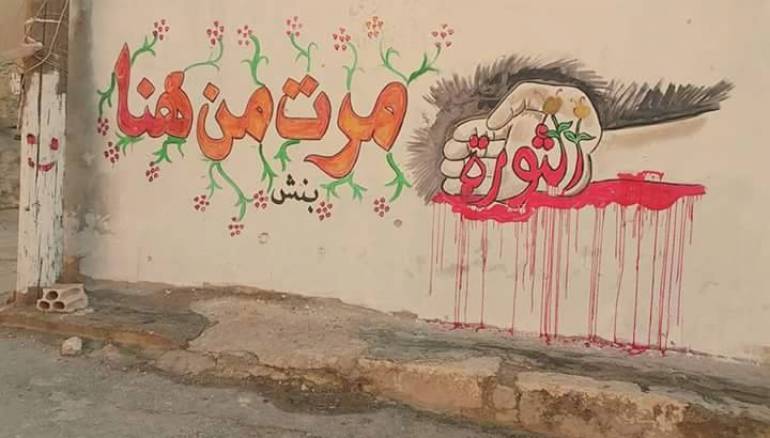The Syrian arena is witnessing major transformations at the political and military levels following successful truces in several regions and the activation of de-escalation zones, coinciding with a political movement to reshape the Syrian National Coalition.
At the same time, U.N. envoy to Syria Staffan de Mistura succeeded in quietening the voices calling for President Bashar al-Assad's ouster by presenting his “four baskets” proposal (counterterrorism, transitional governance, a constitutional process and elections).
Meanwhile, senior sources claim it is the first time Washington’s perspective of the Syrian crisis has become clear since the outbreak of the revolution in 2011, which is considered a development in U.S. strategy.
The regime offensive on the Ghouta
The American perspective, which the sources hinted is consistent with Russian policy, suggests that the fate of the Ghouta will be given to the Assad regime after Russia became an indispensable player in the truce agreements. This may explain the regime's fierce attack on Ayn Terma and some areas of the Ghouta in the past few days.
Elsewhere, Washington accepts the possibility of the regime recapturing Jisr al-Shugur in Idelb, meaning that the U.S. will not oppose any attack by the regime and its Russian and Iranian–backed allies on the city.
It seems that the situation in Idleb has become a dilemma for Washington, and it is clear the Americans plan for the situation will stay unchanged without any of the players on the ground advancing towards the rebel-held province for at least 10 months.
According to a reliable source, the general outlines for the situation in Syria will be laid out next year. As the U.S. objects to Iranian deployment in the south, there will be 55 km buffer zone between the Israeli and Syrian borders which Iranian militias may not cross. It is possible that the Syrian regime or opposition will fill this area, but Iran will be prohibited from occupying it.
On the situation in the Syrian north, Russia and the U.S. prefer the conflict to remain unchanged as frictions between the Turkish-backed Euphrates Shield on the one hand and the Kurdish-led Syrian Democratic Forces on the other are liable to explode at any moment.
In this context, strategic towns such as Tel Rifat may remain under the control of the Kurdish People's Protection Units (YPG), while all parties will be committed to a truce on the basis of U.S.-Russian recommendations and their desire to stop the fighting, or rather to freeze it indefinitely.
Future of Deir-ez-Zor
The great surprise is the future of Deir-ez-Zor. It is likely that the SDF will play a central role in the liberation of the eastern city from ISIS. Other forces which hope to fight in the battle will have to compete with the Kurdish-led force. The sources pointed out that the U.S.-Kurdish cooperation will continue in the long term, noting that Washington expects to align with the Kurds for at least the next 10 years, as Washington has 10 bases spread throughout the Kurdish-held areas.
Concerning the Syrian president, it seems that the Americans are aware that there is no future for Assad in Syria, but the question of his removal from power is not a priority at this stage, at least until the elimination of terrorist organizations, namely the Nusra Front and the Islamic State.
But what is the fate of Iran and Hezbollah under American plan, and how likely is the division of Syria? However, the biggest question remains: How will the war end, and how will dealing with the opposition help advance a political settlement?
This article was edited by The Syrian Observer. Responsibility for the information and views set out in this article lies entirely with the author.


